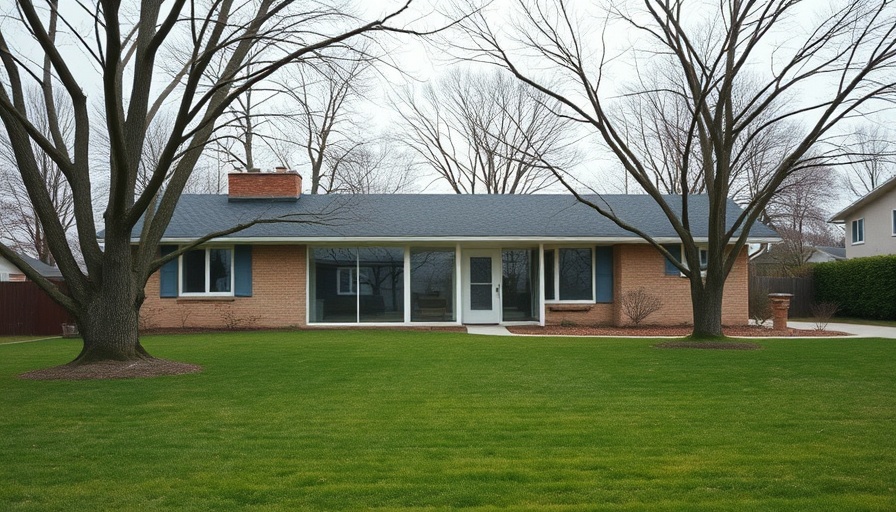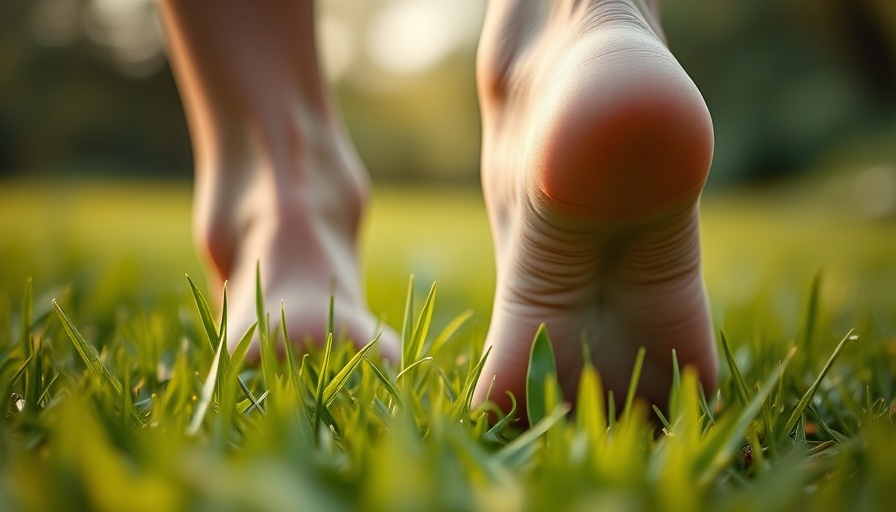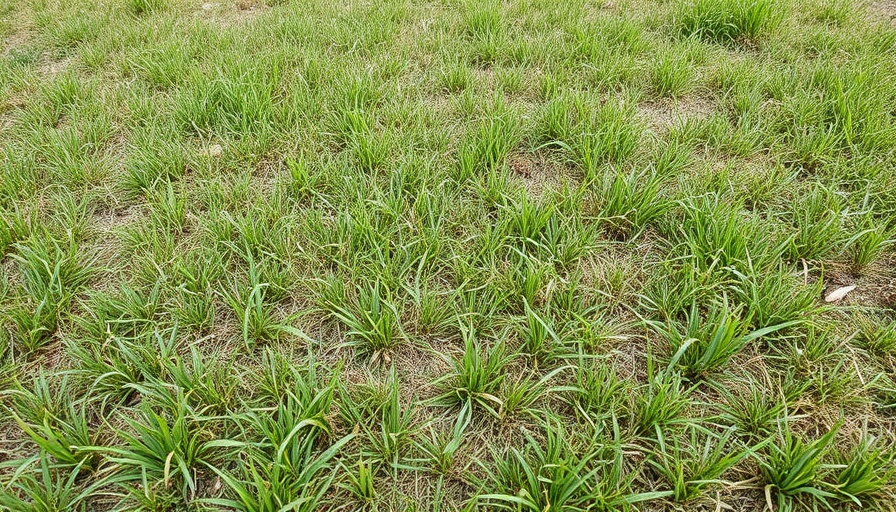
Choosing the Right Grass for Your Buffalo Lawn
Buffalo, NY, with its significant temperature variations, poses unique challenges to homeowners striving for a verdant, healthy lawn. Choosing the right grass type is crucial for maintaining the beauty of outdoor spaces in this climate. Interestingly, Buffalo's climate typically favors cool-season grasses that thrive in cooler temperatures. The four leading contenders for your Buffalo lawn include fine fescue, tall fescue, Kentucky bluegrass, and perennial ryegrass.
Understand the Benefits of Cool-Season Grasses
Cool-season grasses, as the name suggests, thrive in cooler temperatures, making them well-suited for Buffalo's climate. These grasses typically grow best in early spring and fall, times when air temperatures are manageable for optimal growth. Moreover, their resilience to cold weather conditions allows for fewer concerns during harsh winters, making them an ideal choice for homeowners.
The Stellar Selection of Grass Types
Let's take a closer look at each of the top four grass types and their unique benefits for Buffalo lawns:
Fine Fescue: The Shade Tolerant Hero
Fine fescue is particularly beneficial for sections of lawns that receive limited sunlight, around 4-8 hours daily. Renowned for its quick growth and minimal maintenance requirements, fine fescue encompasses several varieties, including creeping red fescue and chewings fescue. It typically takes 21-50 days to establish, making it quick to fill in shaded areas. Fine fescue also thrives in cooler conditions, thus allowing it to remain green throughout Buffalo's shorter growing season.
Tall Fescue: The All-Rounder
Tall fescue is a multidimensional grass, adaptable to a variety of sun exposure. With glorious dark green hues and sufficient shade tolerance, it grows resiliently with moderate maintenance needs. For Buffalo lawns that get about 6-8 hours of sunlight daily, tall fescue becomes a favorite option. Ideal planting occurs in September to November, establishing in just 21 to 30 days.
Kentucky Bluegrass: The Iconic Choice
For those committed to maintaining a gorgeous yard, Kentucky bluegrass is a timeless option. However, it requires more care compared to other grasses. Notably, Kentucky bluegrass loves the sun, requiring 6-8 hours of direct sunlight daily, and has a longer establishment period of 30-90 days. Its lush color provides a vibrant aesthetic but requires diligence in fertilization and watering.
Perennial Ryegrass: The Quick Fix
The perennial ryegrass is celebrated for its rapid germination, sprouting within 14 to 21 days. This makes it an ideal choice for overseeding, filling in bald patches quickly. However, like Kentucky bluegrass, it prefers sunny areas and has a low capacity for shade, making it essential for homeowners to consider their sun exposure when selecting this grass type.
Growing Conditions and Maintenance Practices
When selecting a grass type for your Buffalo lawn, consider specific variables such as sunlight exposure and soil conditions. For shaded areas, fine fescue is an excellent choice, while for sun-kissed spots, tall fescue and Kentucky bluegrass can flourish beautifully. Regular mowing, watering, and appropriate fertilization practices are vital to ensure these grass types thrive.
Optimal Planting Times for Success
Timing is critical for successful establishment. In Buffalo, the best time to plant these grasses is early fall, around late August through mid-September. This allows the seeds to germinate before colder weather sets in. Following initial growth, a soil analysis can be beneficial to assess nutrient needs and pH levels and make necessary adjustments to care protocols.
Conclusion: Deciding on the Best Grass Type for You
In the quest for a lush and thriving lawn, Buffalo homeowners are equipped with excellent choices tailor-made for diverse conditions. Whether you opt for the shade-loving fine fescue or the classic Kentucky bluegrass, understanding the needs and growing conditions of each type empowers you to create a beautiful outdoor space. Remember, your lawn’s health directly correlates with the choice of grass type and how well you adjust your care practices.
 Add Row
Add Row  Add
Add 


Write A Comment